When You're Foraging for Fennel
Watch out for false fennel, giant fennel, and the deadly hemlock.
Dear Healthy Jew,
If you live anywhere in the Mediterranean basin (including Israel!), and even some areas in North America, one of your grocery store’s seasonal vegetables is fennel (Foeniculum vulgare).
What you might not have known is that fennel also grows wild, almost everywhere: on the sides of roads, in parks, sometimes even covering whole fields.
Foragers don’t gather the fennel’s bulb that’s sold in stores, because in nature it’s much smaller and harder.
But wild fennel still offers us many other treasures spanning an unusually long 8-9 month season.
January-March: the thread-like leaves start shooting up from the plant’s base. They look and taste like dill.
March-May: juicy green stalks. They don’t look anymore like dill, but the distinct taste remains. Some foragers already report tastes of licorice and anise.
June-July: flowering tops open up. Squish a few in your hands and smell delicious aromas of anise and licorice.
August-November: the flowers dry up and turn into seeds.


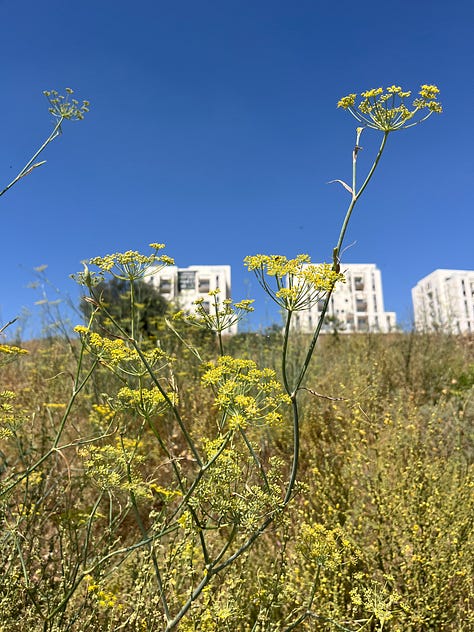
Herbal Tea - And Great Food
In herbalism - and regular kitchens all over the world - wild fennel is known for the flowers and seeds which both make a delicious tea that’s sometimes even slightly oily, almost like vegetable broth.
To prepare effective fennel tea (and any aromatic herb), pour just-boiled water on a fistful of flowers or seeds, immediately cover, and wait 15-20 minutes before filtering and drinking.
Fennel seeds have been used for centuries as a medicinal herb for all sorts of digestive issues ranging from colic to constipation, and most specifically for flatulence.
We don’t need to suffer to benefit from fennel flowers and seeds, because they are, just like many plants in nature, an extremely nutritious food. Everyone talks of the benefits of eating green leaves; when they grow in natural soil and biodiverse surroundings it’s organic times ten. I hear that any respectable restaurant in India will serve fennel seeds at the end of a meal.
(Only pregnant women should stay away, because fennel is also a phytoestrogen. But fennel is fine for nursing mothers; in fact, it’s also a traditional remedy to increase lactation.)
The Other Fennels
Like many edible wild herbs, fennel comes with its similar-looking cousins. For some reason, nobody was able to think of different names for them, so we’ve got false fennel (Ridolfia segetum) and giant fennel (Ferula communis).
False fennel, I read on Wikipedia, is supposedly also edible, although I’ve never heard of it being used in local foraging traditions. So don’t say I said you can eat it.
Giant fennel isn’t only more giant than regular fennel; it’s also slightly poisonous. Herbalists prescribe it in small quantities, but I wouldn’t try this plant for fun. And my shepherd friends tell me it’s highly toxic for their goats and sheep, which is why they make sure you won’t find much of it in the local Bedouin grazing grounds.
Then, of course, we’ve got the horribly poisonous hemlock, which looks more similar to wild carrot (another common plant worth foraging; I’ll tell you about it another day) but can also be mistaken for fennel. A few flowers or leaves of hemlock can kill a person. Legend says they used hemlock tea to kill Socrates.
All that being said, fennel is still every forager’s friend, because the right plant has its name written all over. Not in lifeless person-words, mind you, but in vibrant plant language. Whenever you’re not sure if a plant is friendly fennel or a fiendish foe, just roll some seeds or leaves in your fingers and smell. If it’s fennel, the unmistakable aromas of anise, dill, and licorice will be the plant’s call for you to enjoy it in wellness. If not, better to leave it alone.
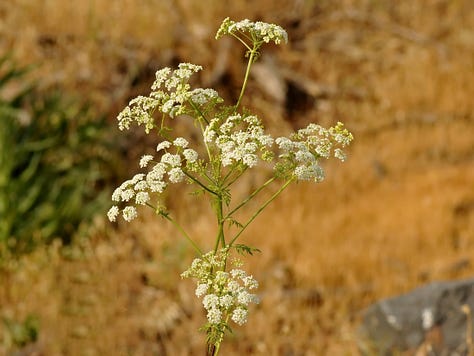
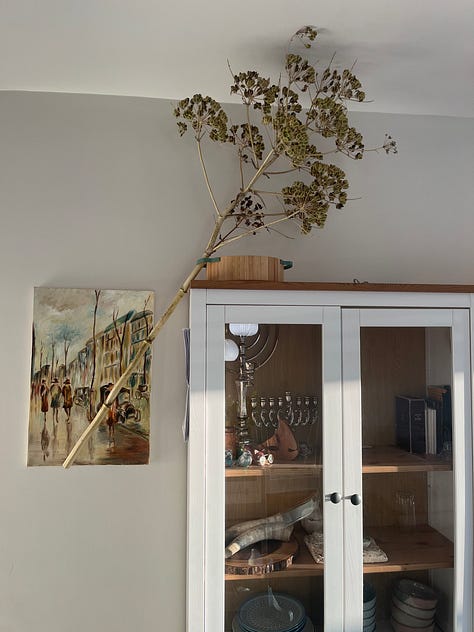

Thank you for reading Healthy Jew.
Here are 2 great paths to continue the journey:
Also check out this intro and index to explore hundreds of posts about our 3 Healthy Jew topics: Wellness with Wisdom, Land of Life (Israel), and Sensible Spirituality.
Finally, always feel free to reach out here with any comments, questions, or complaints:
I look forward to hearing from you!
Be well,
Rabbi Shmuel Chaim Naiman

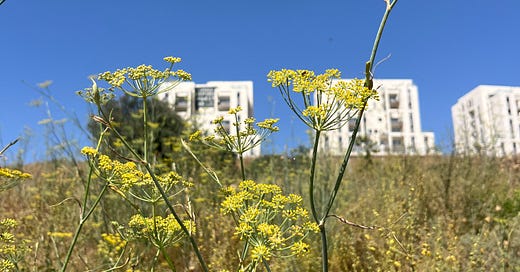



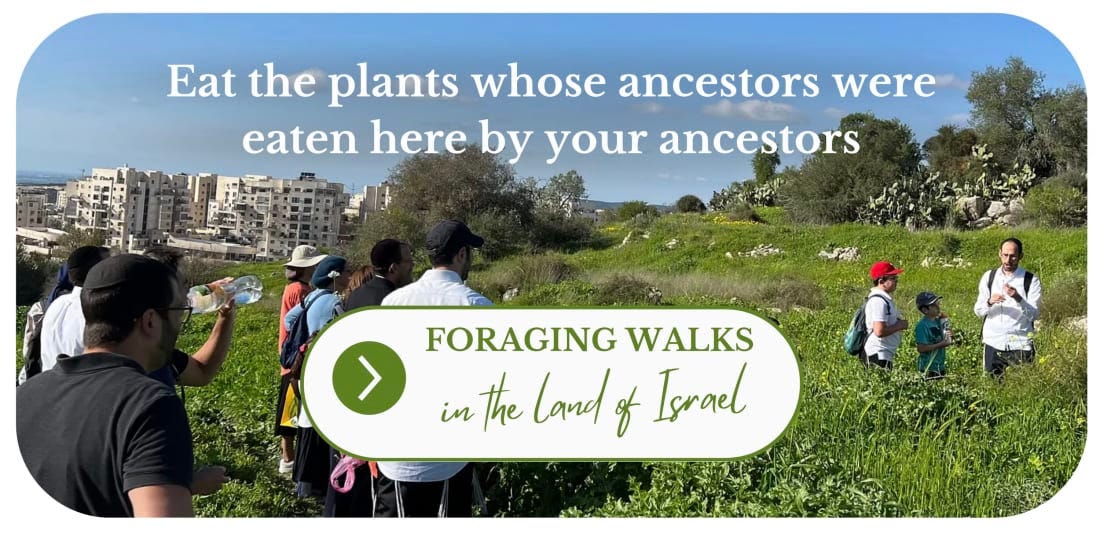


I'm thirsting for some fresh wild fennel tea. Especially for the stated benefits...ahem. [But I'm a bit concerned about the risk of hemlock. Perhaps post an album of several photos of this and that to ensure our healthy jewish ability to distinguish between the two not only by smell.]